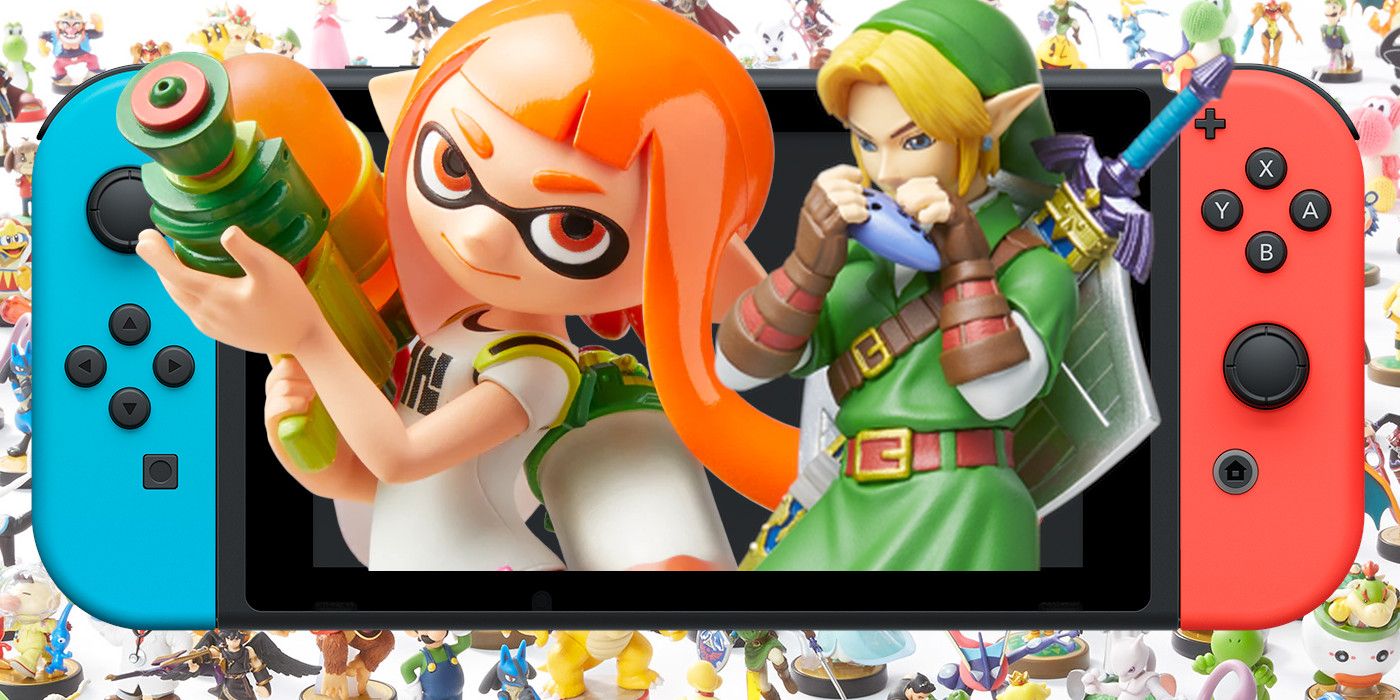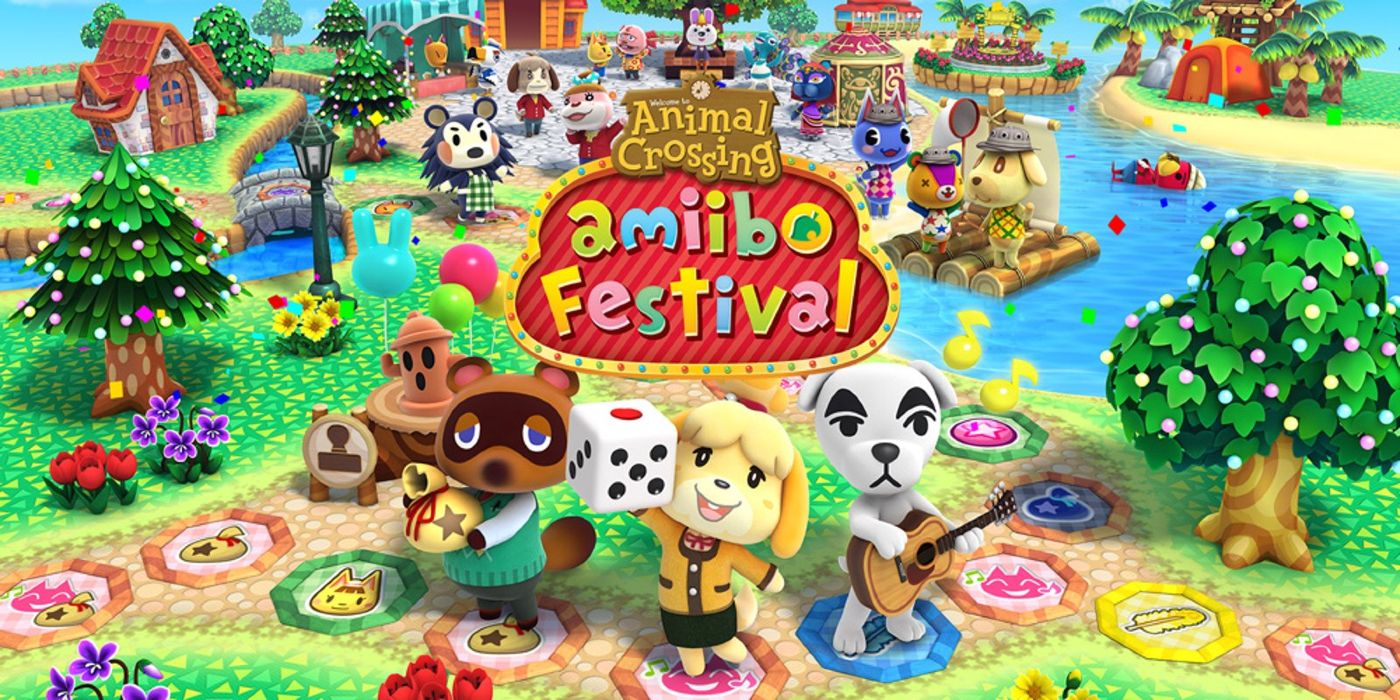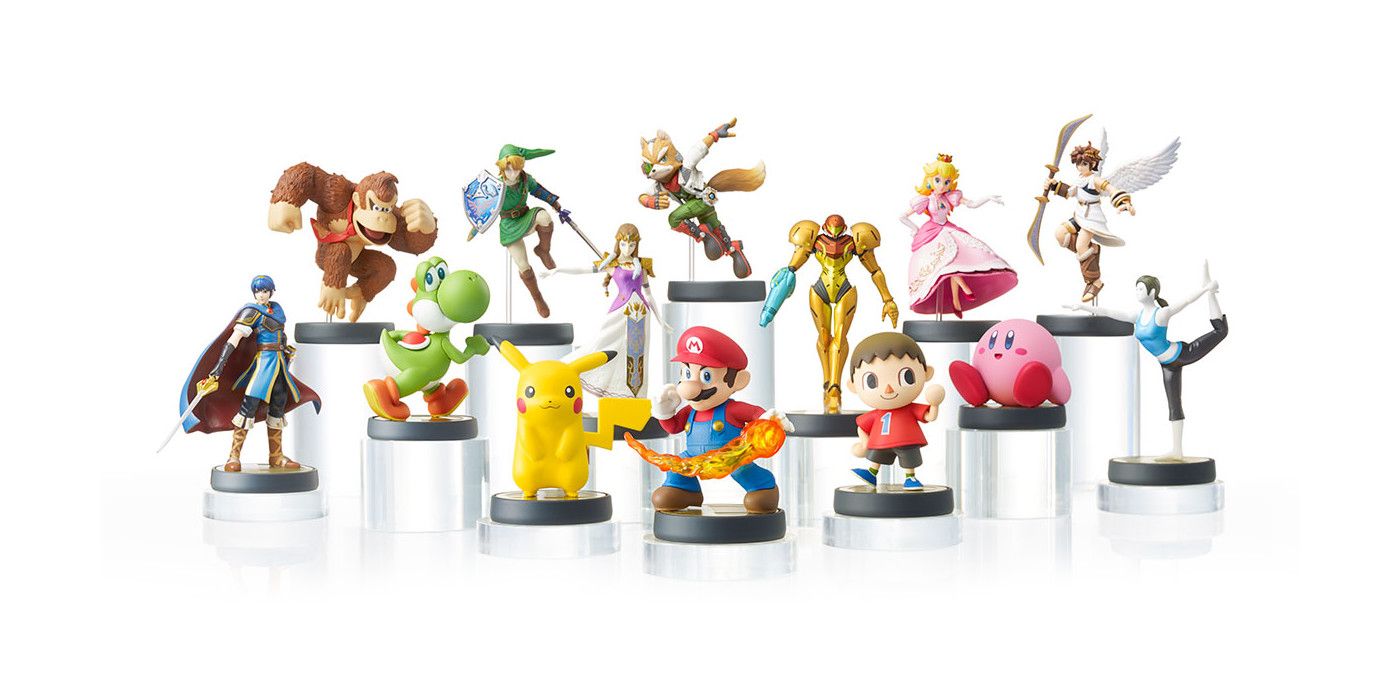Even though most Toys-to-Life brands have unceremoniously failed, Nintendo has been able to keep amiibo rolling for seven years. The NFC figures launched initially alongside Super Smash Bros. for Wii U before ballooning in popularity, increasing in scarcity, and generally setting the community ablaze. Even today, new figures are still releasing alongside reprints of old, sought-after favorites. In light of this sustained success, though, there hasn't been a dedicated amiibo game along the lines of Skylanders. While it's far too late for one now in the Switch era, this used to be an extremely compelling idea. In retrospect, though, not releasing this sort of game was incredibly smart.
The traditional approach to Toys-to-Life was positioning a line of figures alongside a piece of software specifically designed for them. From Disney Infinity to LEGO Dimensions, this was the accepted strategy. It was a costly and cumbersome one that ran into many challenges. Perhaps the biggest was competition and early sales success that drove an influx of attention to the genre. But, as toy isles began to fill up with NFC figures and more games tried to get a piece of the Skylanders pie, everything fell apart.
Too many games were released, and too many toys were manufactured. Sales depreciated, and the genre collapsed. This was an inevitable problem, as Toys-to-Life necessitated a constant supply of new products to stay relevant. But, these new toys required new games, as per the idea of the genre. The new games required massive amounts of toys to be printed – after all, the games were effectively pointless without them. So, a vicious cycle of overproduction ensued. Nintendo's ability to avoid this is what keeps the amiibo brand alive, and releasing an amiibo focused game could've thrown the equation into jeopardy. After all, it almost did.
Animal Crossing: Amiibo Festival was Nintendo's only scrape with a proper Toys-To-Life game. It failed on just about every front. The game gambled both on the strength of Animal Crossing and the appeal of Animal Crossing toys. That ended up being a serious miscalculation, and soon Animal Crossing amiibo flooded bargain bins. The tepid reception to the game itself and a general lack of ambition were the death knell of this experiment. But, it was emblematic of how much rested on a Toys-To-Life game. Nintendo produced massive quantities of amiibo to service one game that required them, and it seriously hurt amiibo's overall trajectory.
Amiibo Festival was not the game most Nintendo fans wanted from the concept of an amiibo game. Many wanted some sort of adventure title that mashed together Nintendo's worlds and characters, similar to Super Smash Bros. Brawl's Subspace Emissary. It was and still is an extremely tantalizing idea. Yet, this sort of game couldn't release on Nintendo Switch. First, Toys-to-Life make less sense for a portable system than a home console, and the Switch thrives as a hybrid. More importantly, this sort of game would require a massive, concerted amiibo production scheme that rivaled Skylanders and that ship has sailed. Regardless, that sort of move would've put amiibo in the same, precarious situation as the other Toys-to-Life brands were in, and eventually crumbled under. Even in the Wii U era, even before Amiibo Festival's failure, Nintendo had the foresight to avoid this.
Nintendo has been able to keep the brand alive in perpetuity because amiibo has always been a collector's item first. The in-game function of amiibo has always been secondary. Nintendo can modestly produce amiibo and assuredly sell through stock. It doesn't have to worry about making enough to service a game that requires them. The benefit of this is so clear, especially for core Nintendo fans. From Earthbound to F-Zero to Punch-Out, amiibo is an accessible way to purchase official merchandise for series that don't get much of it. Plus, the figures look excellent, particularly the later amiibo. For many, having well-sculpted, relatively cheap Nintendo figures is the solution to a long-time problem, where only the Marios and Zeldas got copious amounts of toys.
Had amiibo been turned into a traditional Toys-to-Life endeavor, chances are it would've heaved under its own weight or not seen so many niche figures printed. It would've had to be pivoted in a mass-market direction. That's a mistake in 2021, the same way it would've been a mistake in 2014. Nintendo's handling of amiibo has been flawed, but it has allowed the brand to persist and deliver high-quality Nintendo toys to collectors who have longed for them.



